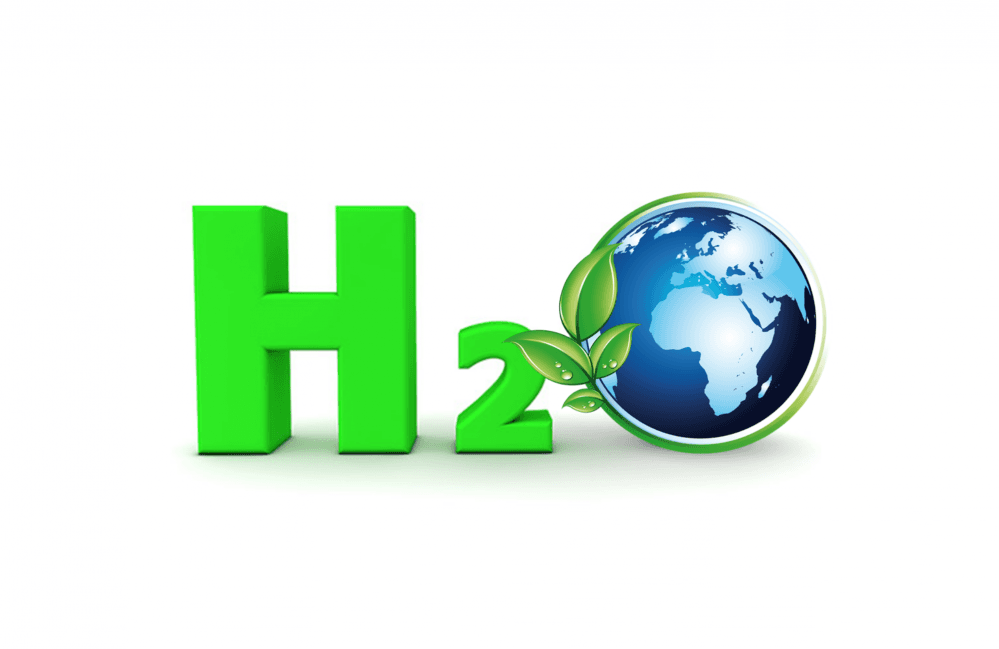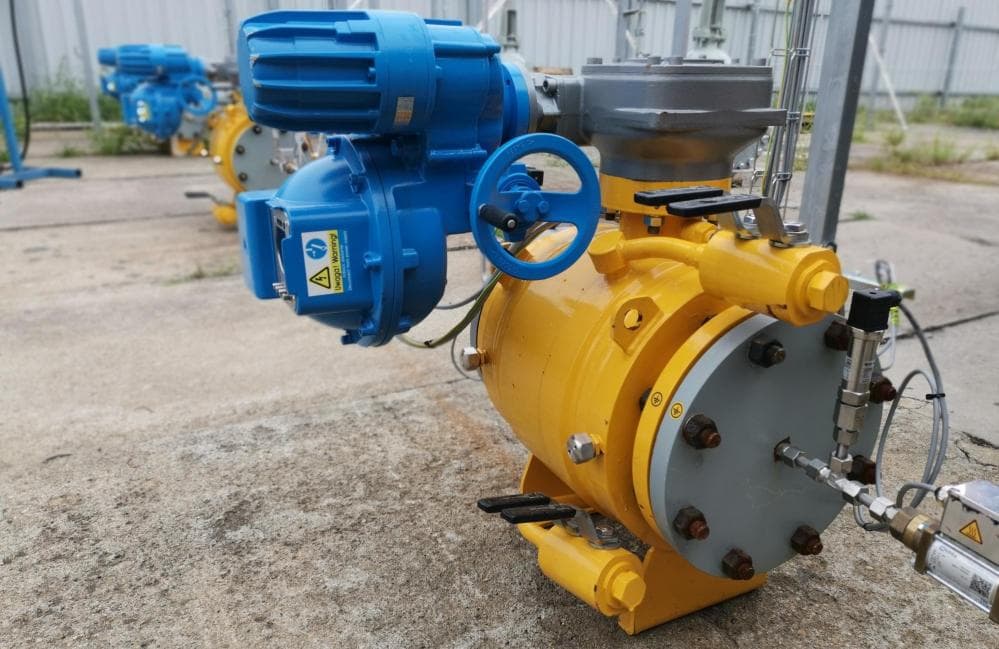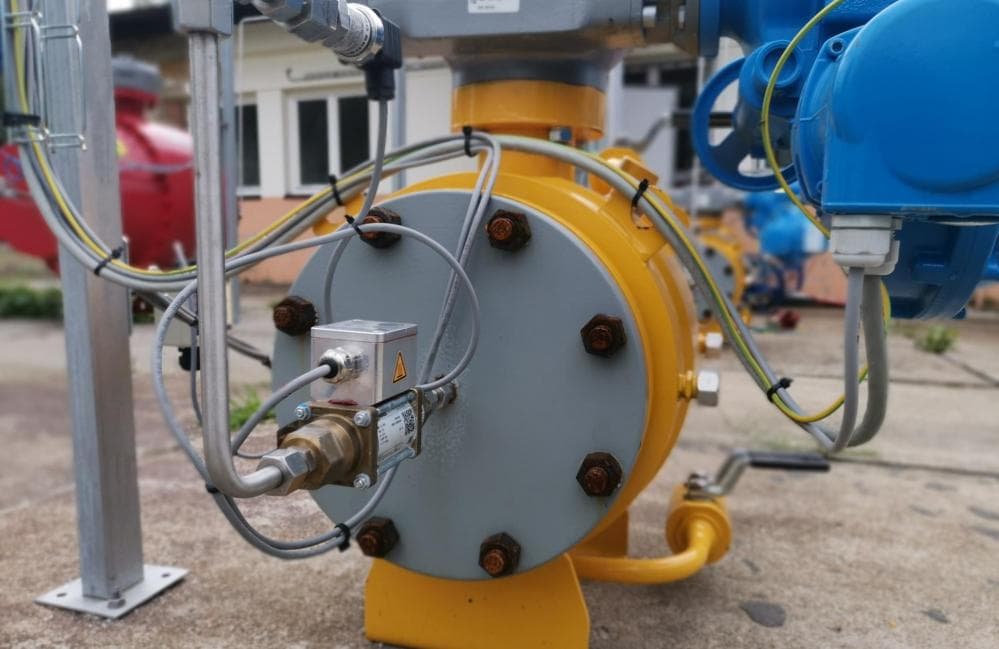Hydrogen – what it really is?
In Europe, in the gas sector and in other industrial areas, an element, that is a part of many things around us - hydrogen - has recently come to the forefront.

The use of this gaseous element in industry is not a groundbreaking innovation; Jules Verne already predicted that water would one day become the engine of the future.
In fact, water can be split into hydrogen and oxygen by simple electrolysis, with the reverse process producing energy in a similar way to fuel cells and batteries. Hydrogen is a gas that is odourless, tasteless, colorless and non-toxic. It can be stored for a long time, and it does not produce greenhouse gases when burned, only water.
What about hydrogen and valves?
From the valve manufacturer's point of view, there are two very important areas connecting valves with hydrogen, namely its transport and storage. There are places in Europe where the use of renewable energy sources (solar and wind energy) is developing very intensively. However, the problem is that the conditions for longer-term energy storage are very poor. It is therefore necessary to create “reservoirs” of this energy, and this can be achieved through hydrogen storage.
There are also places where it is very difficult to get energy from the sun or wind, but there is a demand for energy sources. It is therefore necessary to transport this energy to such places. The easiest way to do this while using hydrogen is to use the existing natural gas distribution network.
This will be the main trend in the use of hydrogen in the coming years and decades, i.e., the gradual transformation of the natural gas infrastructure into a mixture of natural gas and hydrogen. Hydrogen concentrations will gradually increase until the natural gas is completely replaced by hydrogen. Wherever pipelines are used to transport a mixture of hydrogen and natural gas or wherever gases are mixed or stored, valves are also required.
Where are we heading?
Vexve Armatury Group does not want to stay behind in this development and wants to be a leader in the development of valves for natural gas with added hydrogen. Colleagues from Vexve are members of the Finnish Hydrogen Cluster and are negotiating with cluster members from the European countries about the regulations and standards in the field.
Company ARMATURY Group is member of Czech Gas Association in working group H2 for hydrogen future.
The goal of this group is to research the effects of hydrogen on has installations (i.e. in addition to valves, reservoirs, burners, pipes, measuring devices, measurements itself, calculations of burn heat, etc.) and the followed exchange of the existing standards and regulations, and consequently the creations of new regulations.In addition to these activities, ARMATURY Group wants to be ready for a hydrogen future. Due to this, it is already testing its existing solution of valves, especially ball valves, for different hydrogen concentrations in natural gas.
Competitors in the market mainly test tightness and durability only on a short-term time scale – in a matter of days. The long-term durability and durability of its valves is important for ARMATURY Group. Therefore, its valves are exposed to test gas for several months to years, under real conditions – sun, rain, snow, frost, etc.
The results of these research will be gradually published by ARMATURY Group, and the results will be applied in new products.
For more information:
Libor Kremel, Sales Director

